| TINTIN LANGUAGES | |
| AFRIKAANS | |
| ALGUERES | |
| ALSATIAN | |
| ARABIC | |
| ASTURIAN | |
| BASQUE | |
| BERNESE | |
| BENGALI | |
| BRETON | |
| BULGARE | |
| CAMBODIAN | |
| CATALAN | |
| CHINESE | |
| CORSICAN | |
| CZECH | |
| DANISH | |
| DUTCH | |
| ENGLISH | |
| ESPERANTO | |
| FARSI | |
| FAEROESE | |
| FINNISH | |
| FRENCH | |
| FRIESIAN | |
| GALICIAN | |
| GALLO | |
| GAUMIAN | |
| GERMAN | |
| GREEK | |
| HEBREW | |
| HUNGARIAN | |
| ICELANDIC | |
| INDONESIAN | |
| ITALIAN | |
| JAPANESE | |
| KOREAN | |
| LATIN | |
| LUXEMBOURGER | |
| MALAYALAM | |
| NORWEGIAN | |
| OCCITAN | |
| PICARDY | |
| POLISH | |
| PORTUGUESE | |
| ROMANSCH | |
| RUSSIAN | |
| SERBO-CROAT | |
| SINHALESE | |
| SLOVAK | |
| SPANISH | |
| SWEDISH | |
| TAHITIAN | |
| TAIWANESE | |
| THAI | |
| TIBETAN | |
| TURKISH | |
| VIETNAMESE | |
| WELSH | |
| TOTAL 60 VERIFIED LANGUAGES | |
| RUMOURS | |
| MIRANDES | |
|
MONEGASCO |
|
| PROVENÇAL | |
| RUANDES | |
| MONEGASCO | |
| LINKS | CRAB MENÚ | CASTAFIORE MENU |
 |
NORWEGIAN | |||||||||||
|
||||||||||||
|
FIRST EDITION 1972 |
HARDBACK
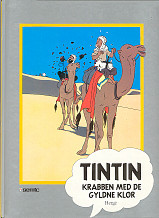
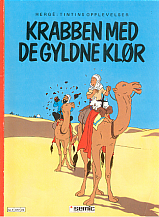
Norwegian is the national language of Norway, spoken by virtually all of the country's 4 million inhabitants.Norwegian is one of the Scandinavian languages, which form a branch of the Germanic languages, in turn a part of the Indo-European family. It Is closely related to Danish and Swedish, especially the former. Norway and Denmark were one country for four centuries before 1814, and from then until 1905 Norway was under the Swedish crown. During the years of Danish rule a Danish-influenced "city language" began to develop in Bergen and Oslo, and Danish eventually became the written language of Norway.
Today there are two distinct dialects of Norwegian. The Dano-Norwegian dialect, originally called riksmål ("state language"), is now known as bokmå1 ("book language"). Most newspapers and radio and television broadcasts are in bokmå1. About 1850 a movement for the recognition of Norwegian as a language distinct from Danish led to the establishment of landsmå1 ("country language"), which was based on the dialects of rural Norway. Known today as nynorsk ("New Norse"), it was intended to carry on the tradition of Old Norse, interrupted in the 15th century.
At present bokmå1 and nynorsk have equal status both in government and in the schools. Attempts to combine the two into samnorsk ("Common Norwegian") have thus far been unsuccessful, but most forward-looking Norwegians believe that it is only a matter of time before they are eventually merged.
Both the Norwegian and Danish alphabets contain the additional letters æ and ø, which in Swedish are ä and ö. All three contain the letter å.
English words of Norwegian origin include fiord, slalom, troll, lemming, auk and narwhal.
|
PUBLISHER SEMIC Oslo |
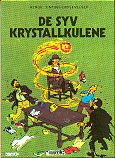
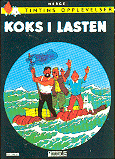
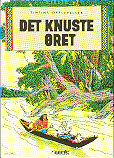
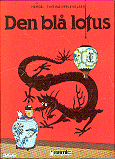
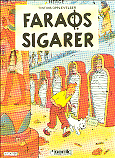
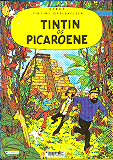
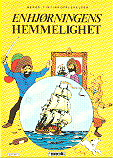
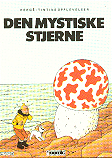
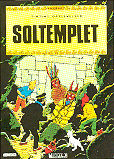
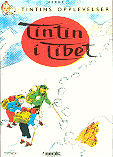
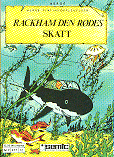
|
ONLINE SHOPING
|
|
LINKS
|
|
|
I'VE GOT THIS ONE | ! WANTED! |